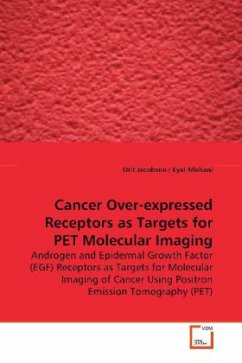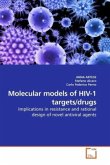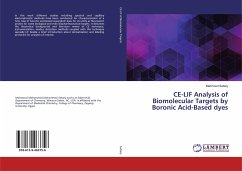Positron Emission Tomography (PET) is a nuclear
medicine imaging technology which
allows for four-dimensional, quantitative
determination of the distribution of labeled
biological compounds within the human body. The
high sensitivity of PET and the low concentration of
the tracers used, allow quantitative visualization
of low capacity biochemical systems such as
receptors.
Epidermal growth factor receptor (EGFR) is involved
in proliferation, cell movement,
cell survival and differentiation of both normal and
malignant cells. EGFR over-expression has been
detected in a variety of malignant epithelial tumors.
Androgen Receptor (AR) plays a critical role in
initiation and growth of
prostate cancer cells. Nearly 80-90% of prostate
cancers are dependent on androgen at initial
diagnosis.
While EGFR and AR are established targets for
treatment, the clinical outcome in most cases is
suboptimal.
Development of suitable labeled biomarkers that bind
to the EGFR or to the AR may allow the mapping
and quantification of these receptors in cancer in-
vivo, and will lead to monitoring of response to
hormonal or other chemotherapeutic treatment.
medicine imaging technology which
allows for four-dimensional, quantitative
determination of the distribution of labeled
biological compounds within the human body. The
high sensitivity of PET and the low concentration of
the tracers used, allow quantitative visualization
of low capacity biochemical systems such as
receptors.
Epidermal growth factor receptor (EGFR) is involved
in proliferation, cell movement,
cell survival and differentiation of both normal and
malignant cells. EGFR over-expression has been
detected in a variety of malignant epithelial tumors.
Androgen Receptor (AR) plays a critical role in
initiation and growth of
prostate cancer cells. Nearly 80-90% of prostate
cancers are dependent on androgen at initial
diagnosis.
While EGFR and AR are established targets for
treatment, the clinical outcome in most cases is
suboptimal.
Development of suitable labeled biomarkers that bind
to the EGFR or to the AR may allow the mapping
and quantification of these receptors in cancer in-
vivo, and will lead to monitoring of response to
hormonal or other chemotherapeutic treatment.








